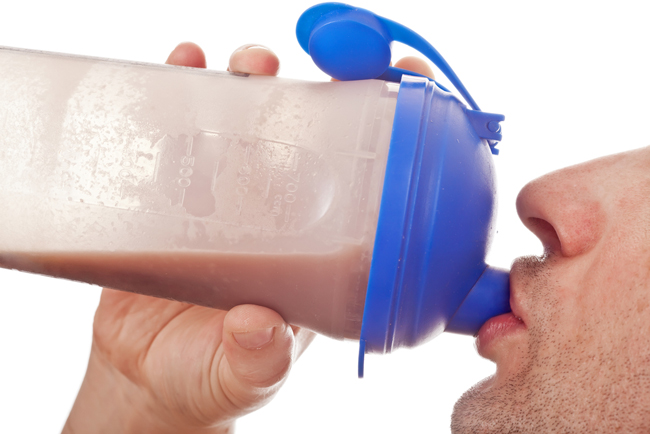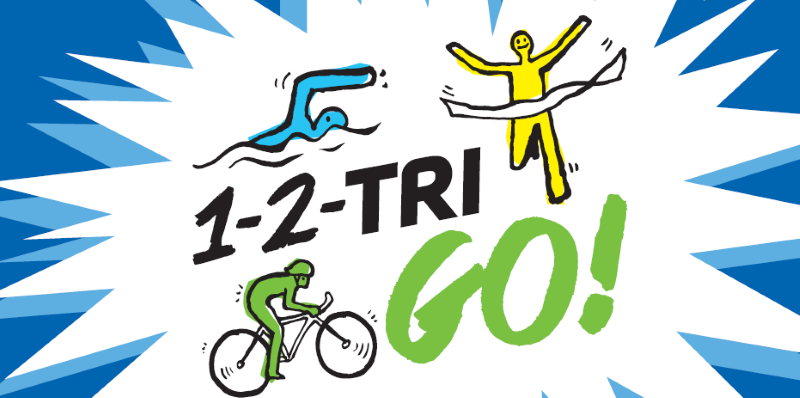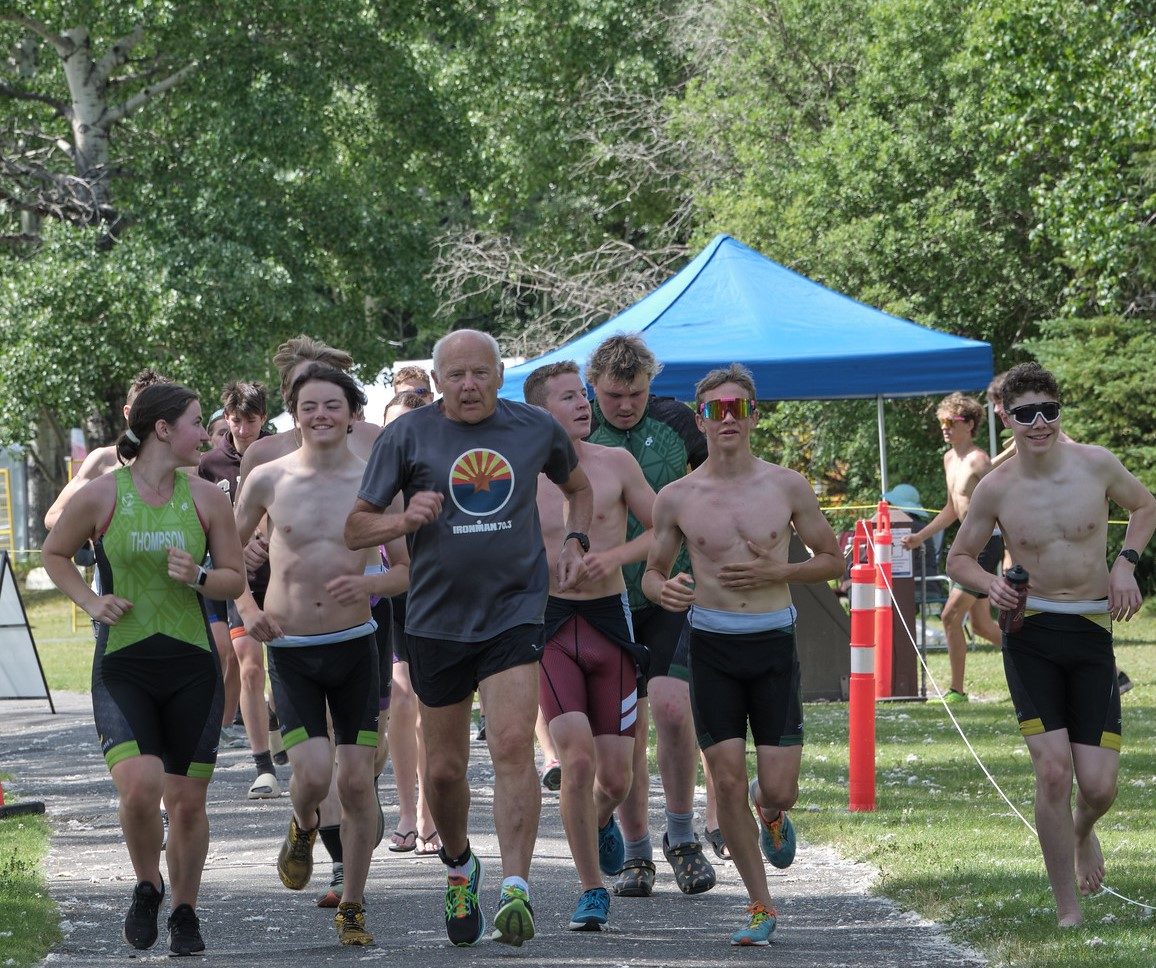by Kourtney Gordon, Performance Deititian
For athletes at every level, injuries are often an inescapable (and frustrating) aspect of training and competition. Both therapy and strength and conditioning play key roles in the return-to-play timeline, but the vital role of nutrition is often overlooked.
For injuries requiring prolonged inactivity or even limb immobilization (think crutches and casts), there is an immediate loss of muscle mass, strength, and function1. Since the amount of muscle tissue and strength lost during disuse is associated with a longer recovery period, and a higher risk of injury recurrence when returning to play2, early nutritional intervention strategies to limit lean mass loss are an essential component of the rehabilitation process.
Here are some tips to help maintain muscle mass during your time out to get you back in the game, faster:
1. Eat more Protein
During disuse, your muscle becomes less responsive to the protein you consume3 making it even harder to maintain muscle mass. Getting too little protein will slow healing and prolong your recovery4. While general guidelines suggest an intake of 1.3-2.0g/kg of body weight of dietary protein for healthy athletes5, 2.0-2.5 g/kg of body weight may be more optimal for athletes to trying to minimize muscle tissue losses during rehab6.
2. Eat more Protein, more often
Many athletes tend to eat less protein at breakfast and lunch, and more at dinner7, but spacing protein out more evenly during the day may be more helpful to maintain muscle8. Try eating a 25-40g9,10 serving of protein, 4-6 times a day, to maximize your muscle building-potential.
| DIETARY SOURCE | ~25g PROTEIN |
| Egg (whole) | 4 eggs |
| Low-fat Cottage Cheese | 1 cup |
| Low-fat Greek Yogurt | 1.5 cups |
| 1% Plain Milk | 3 cups |
| Chicken Breast (skinless) | 3 oz. |
| Salmon Fillet | 4 oz. |
| Ground Beef | 3.5 oz. (3/4C cooked) |
| Chick Peas | 2 cups |
| Kidney Beans | 1 ¾ cups |
| Soy Milk | 3 cups |
| Tofu (firm) | 1 ¼ cups (100g) |
| Whey Protein Isolate | 1 scoop |
| Soy Protein Isolate | 1 scoop |
3. Vegetarian? Eat even more plant-based Protein
Optimal protein intake can be achieved from plant-based sources, but a little extra planning (and a bigger appetite) may be required. Since most vegetarian proteins from whole foods are less digestible than their animal counterparts, as a rule of thumb, increase each serving by 20% to maximize absorption at each meal5,11. Remember to eat variety of vegetarian protein sources to ensure all essential amino acids are accounted for during the day.
4. Snack and Snooze
Having a high-protein snack 1-3 hours before bed may help keep you building muscle overnight. Studies have shown a 40g serving of protein high in casein (the slow-digesting protein found in dairy products) before bed improved protein synthesis and functional recovery overnight12. Try 1.5 cups of low-fat cottage cheese with some berries for a satisfying whole-food option to promote muscle repair.
5. Fuel the Work Required
Without regular time on the field or in the gym, your overall energy needs will be much lower than usual. Reducing some of your carbohydrate intake is a simple strategy to minimize weight gain. While you may have needed lots of carbohydrate to support your normal training, reducing intake during the immobilization period, and slowly increasing as you transition to more active rehabilitation, may help to minimize unnecessary weight gain13. Don’t eliminate carbohydrates altogether – they’re important for energy, healing, and immunity13.
TAKE HOME
The most important foundation to support rehabilitation from injury is a whole-food diet that includes complex carbohydrates, fruits, vegetables, and high-quality protein.
Focusing on a high-protein, lower-carbohydrate diet during periods of immobilization and inactivity may help minimize muscle loss and extra fat gain, helping to accelerate your return to sport. Build meals and snacks around high-quality protein: try for 4-6 servings of 20-40g of high-quality protein spaced evenly through the day, including a bedtime snack. Moderate carbohydrate intake, and choose complex carbohydrates over more processed options. If you rely on plant-protein, eat a variety of sources, and increase servings by 10-30%.
For more complex recovery cases, we recommend seeking the advice of a sports dietitian. At Fortius, our dietitians work together with our team of practitioners to provide tailored nutrition support to each specific client.
We can also create custom meal plans, helping take some of the work off your plate so you can focus on your recovery.
Visit our Sports Nutrition page to learn more about our services.
Did you know Triathlon BC members receive a preferred rate on select injury prevention and performance testing? If you’re a current Triathlon BC member, Redeem here to save up to 25% using promo code TriFortius2018.
Works Cited
- Evelien, M.P., Hangelbroek, R., Snijders, T., Verscheijden, M., Verdijk, L.B., de Groot, Lisette, L., & Van Loon, J.C. (2017). Creatine Loading Does Not Preserve Muscle Mass or Strength During Leg Immobilization in Healthy, Young Males: A Randomized Controlled Trial. Sports Medicine (2017) 47:1661–1671.
- Stevens J.E., Walter G.A., Okereke E., Scarborough M.T., Esterhai J.L., . . . George SZ. (2004) Muscle adaptations with immobilization and rehabilitation after ankle fracture. Medicine and Science in Sports and Exercise. 36(10):1695–701.
- Wall, B.T., Snijders, T., Senden, J.M., Ottenbros, C.L., Gijsen, A.P., Verdijk, L.B., & van Loon, L. (2013). Disuse impairs the muscle protein synthetic response to protein ingestion in healthy men. The Journal of Clinical Endocrinology & Metabolism, 98, 4872–4881.
- Arnold M and Barbul A. (2006). Nutrition and wound healing. Plast Reconst Surg. 117:42S-58S.
- Phillips SM and Van Loon LJ. (2011) Dietary protein for athletes: from requirements to optimum adaptation. Journal of Sports Science. 29 Suppl 1:S29-38.
- Tipton, KD. (2015). Nutritional Support for Exercise-Induced Injuries. Sports Medicine. Supplement 1. Volume 45m pp93-104.
- Gillen, JB., Trommelen J., Wardenaar, F.C., Brinkmans, N.Y., Versteegen, J.J., Jonvik, K.L., … van Loon, L.J. (2017). Dietary protein intake and distribution patterns of well-trained Dutch athletes. International Journal of Sport Nutrition and Exercise metabolism, 27, 105-114.
- Areta, J.L., Burke, L.M., Ross, M.L., Camera, D.M., West, D.W., Broad, E.M., . . . Coffey, V.G. (2013). Timing and distribution of protein ingestion during prolonged recovery from resistance exercise alters myofibrillar protein synthesis. The Journal of Physiology, 591, 2319–2331.
- Close GL, Sale, C., Baar, K, Bermon, S. (2019). Nutrition for the prevention and treatment of injuries in track and field athletes. International Journal of Sport Nutrition and Exercise metabolism (ahead of print).s
- Macnaughton, L.S., Wardle, S.L., Witard, O.C., McGlory, C., Hamilton, D.L., Jeromson, S., … Tipton, K.D. (2016). The response of muscle protein synthesis following whole-body resistance exercise is greater following 40 g than 20 g of ingested whey protein. Physiological Reports, 4(15), e12893.
- Rogerson, D. (2017). Vegan diets: practical advice for athletes and exercisers. J Int Soc Sports Sci.
- Morton et al. (2014) Case Study: Muscle Atrophy and Hypertrophy in a Premier League Soccer Player During Rehabilitation From ACL Injury. International Journal of Sport Nutrition and Exercise Metabolism. 24, 543-552
- Venkatraman J.R. and Pendergast D.R. (2002). Effect of dietary intake on immune function in athletes. Sports Medicine. 32(5):323-37.




